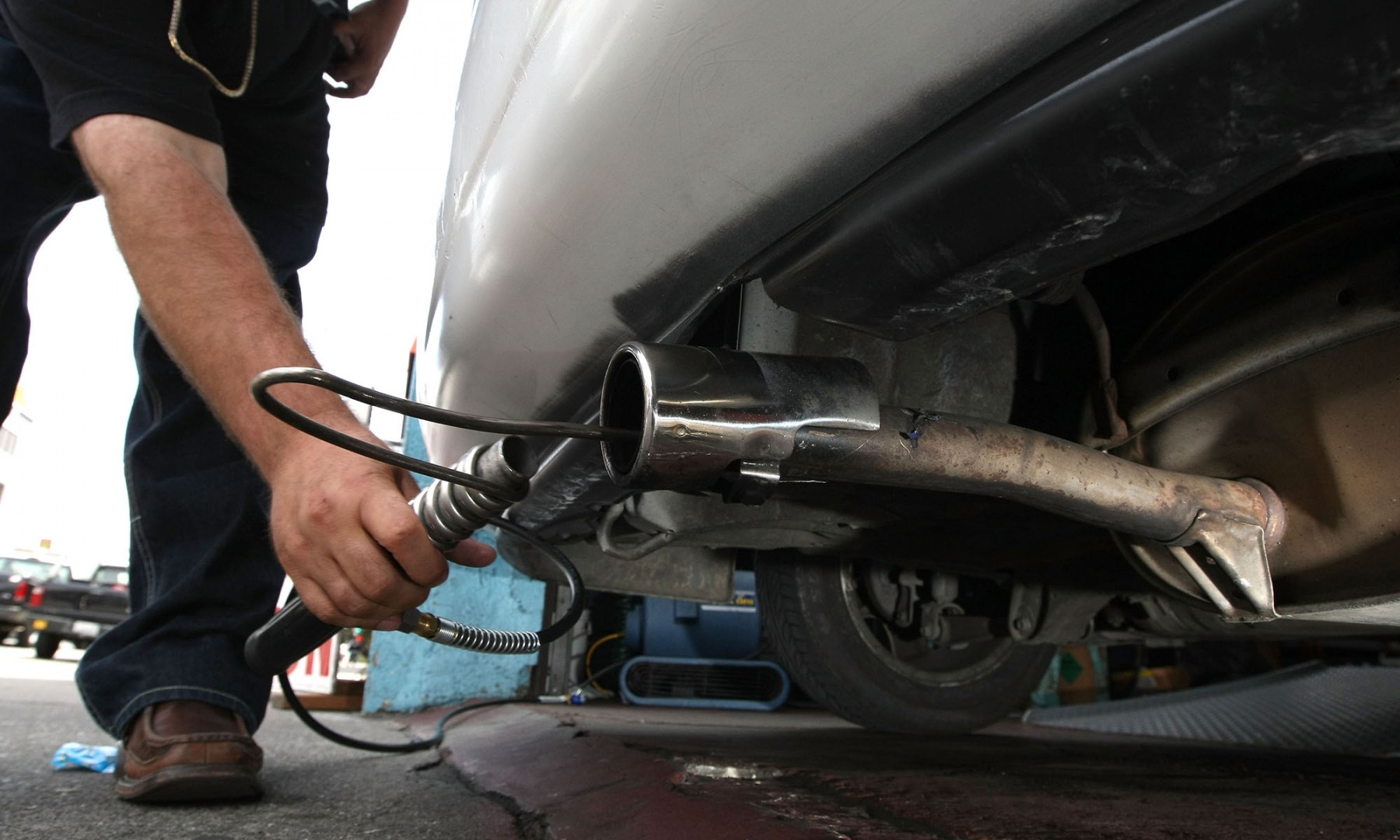Studies: Ethanol reduces toxic emissions, improves air quality
Source: Tim Albrecht, Ethanol Producer Magazine - April 17, 2018

Two recent studies have found that ethanol blends reduce toxic tailpipe emissions by up to 50 percent, significantly improving air quality and protecting the health of the public. The Urban Air Initiative commissioned both independent studies by North Carolina State University and the University of California Riverside.
New data from these studies provides evidence that higher blends of ethanol, such as E15 and E30, can better improve air quality compared to the standard E10 found in 97 percent of gasoline in the United States.
The goal of the studies was to assess ethanol’s impact on tailpipe emissions and what happens after it leaves the tailpipe. Both studies used “state-of-the-art testing” that hasn’t been done before, says Steve Vander Griend, technical director for the UAI.
According to Vander Griend, these studies are important because they dispute studies the EPA consults when assessing ethanol emissions. EPA studies say ethanol raises particulates and nitrogen oxide. The UAI studies provides data that says the opposite, and uses real world fuels and simply added ethanol. The EPA studies create “boutique” test fuels in the lab that change several fuel parameters, often increasing the “worst components” called aromatics when adding ethanol.
“By simply adding ethanol, researchers (from NCSU and UCR) were able to isolate the impact of aromatics on emissions, as well as ethanol. And in the end, ethanol shows significant reduction in toxic emissions,” Vander Griend says.
For example, the NCSU study compared E10 gasoline bought in Raleigh, North Carolina, to that same fuel with 25 percent ethanol added, making it E25. The E25 had a 30-40 percent reduction in ultrafine particulates. The E25 also reduced carbon monoxide by 15-30 percent and carbon emission by up to 5 percent. Also, the E25 had no change in NOx emissions, known as nitrogen dioxide, which contribute to smog and acid rain, compared to E10 in both flex fuel and non-flex fuel vehicles.
While both studies focused on what comes out of the tailpipe, the UCR study also evaluated the impact emission have on air quality after leaving the tailpipe of vehicles. Researchers found ethanol blends reduce toxic emissions by up to 50 percent, this includes smog and ultra-fine particulates. This study compared E10, E30 and E85 fuels and found the best results with the higher ethanol blends.
The studies will be peer reviewed and published later this year. Peer review will give full validation that the data is accurate, Vander Griend says.
The Urban Air Initiative is using the data from the studies to conduct a social media campaign to educate the general public about the air quality benefits of ethanol. The data will “help bridge the information gap” the public health community has about the value ethanol brings to reducing toxic emissions and air pollution, says Trevor Hinz, director of the UAI.
Along with informing the public health community the studies will make “a huge difference” in influencing public perception of ethanol, Hinz says. “Raising awareness that you can choose a cleaner fuel is needed along with access. This data and more access to mid-level ethanol blends year-round will help generate a dialogue that simply choosing a cleaner fuel will make a world of a difference for the air you breathe.”
Back to News
